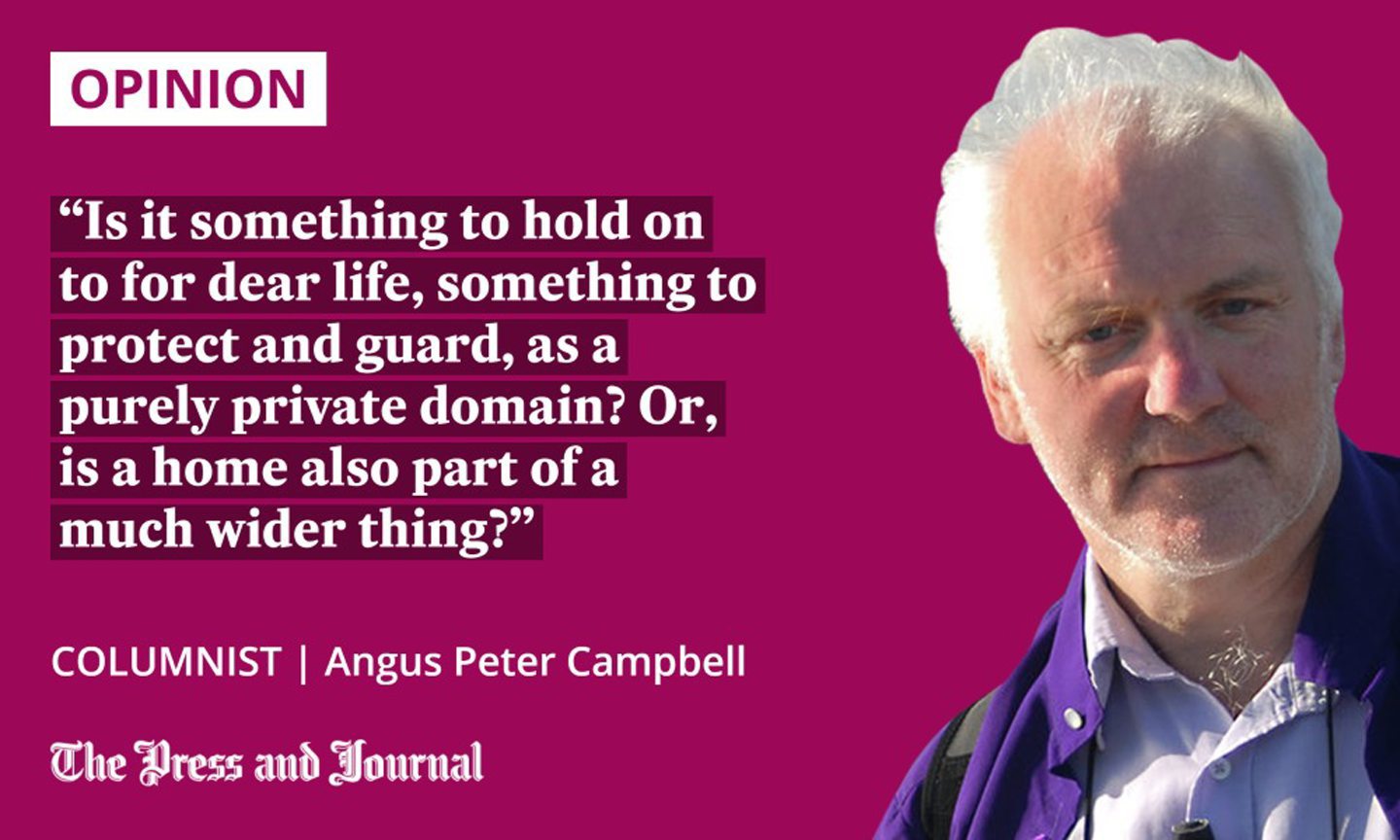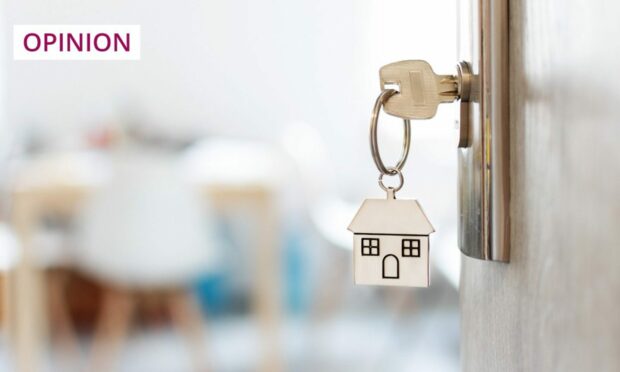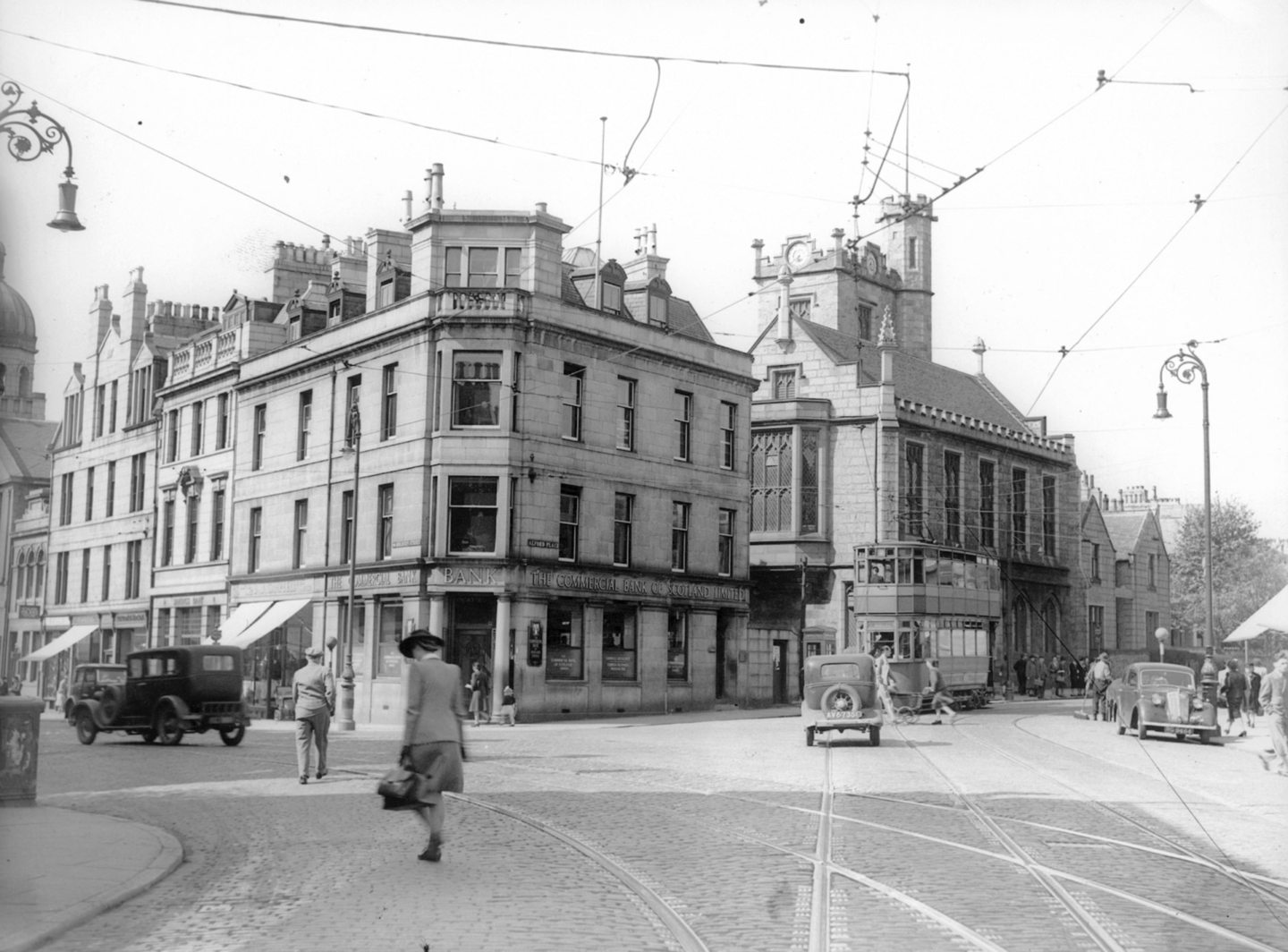When did we become our own jailers?
I mean, look at us, carrying all those keys, making sure the house and shed and car and windows and doors and bikes and oil tanks are all locked when we leave, and then having to fetch all those keys out of our sporrans or purses or handbags or pockets or from under a stone when we return, so that we can get back into the car or the house or wherever…
I realise we have things to protect, and that there are thieves and robbers about (loads of them seeming to hold high office), but I sometimes wonder whether security attracts rather than detracts attention and theft. After all, who’ll break into an unlocked empty house or take anything from an empty purse?
I was brought up at a time and in a place where no one locked their house. Their home. It was more or less unthinkable: why would you lock it, when cats and dogs and hens and children and friends and neighbours were forever coming and going? And there was nothing to steal, anyway.

I don’t want to over-romanticise all that stuff. No doubt, thieves and robbers have always been about, and I’m sure cavemen and women protected their homes as much as we do nowadays. A stone rolled across the entrance to the cave was probably as good as any double-glazed door from B&Q. Especially if Mum was on guard with a spiked mallet next to it.
Nevertheless, it sort of raises the question: what is a home (or car or sporran) for? Is it something to hold on to for dear life, something to protect and guard, as a purely private domain? Or, is a home also part of a much wider thing? To what extent does it belong to the community in which it sits – whether in a wee isolated glen, or in a big metropolis?
No one is an island
I was fortunate enough to grow up in a small village of around 14 houses (homes and crofts), and can’t think of any of these homes in isolation: I always think of them in relation to the land around them, and to the house and home or family next door. It’s as if they were all tied together by some invisible string.
I’m not sure the same applies to big cities, although I think it does. I lived in Aberdeen for some years and know the granite homes and streets very well: those elegant, solid stone houses around Queen’s Cross, for example, where the old Grampian TV studios were situated, all hewn out of the same quarries in the late 19th century. Despite the granite, you kent your neighbours.
I suppose it’s what the great John Donne said: no one is an island entire of itself. For each belongs to the other in the sense of neighbourhood; a community is constructed through relationships.
But, back to keys. Thing is, they can be beautiful objects in themselves. I’m sure we all love stories where there is a magic key.
Who hasn’t been Ali Baba, standing in front of some portal, shouting: “Open sesame!”? And who hasn’t had a secret cupboard or treasure chest where all the pirates and smugglers and spacemen of the universe lay waiting? All you had to do was find that eyepatch and Granny’s three-cornered hat or that old helmet and there you were, Bluebeard on the high seas or Neil Armstrong hopping across the moon.
Then there were the music boxes which, these days, seem to have gone sadly out of fashion. Little shiny things which Granny opened with a key and, if you were lucky, a ballerina pirouetted on the stage as Edelweiss tinkled throughout the house.
None of them ever played Calum Kennedy songs. So, if there are any Gàidhlig entrepreneurs out there, how about developing a Gàidhlig music box which will play Calum’s wonderful A Pheigi a’ Ghràidh at the turning of a key?
A door wide enough for a King
I suppose doors themselves carry status. I’m old enough to remember folk who lived in thatched cottages with stable doors: the top half open to let the air in, and the bottom half shut to keep the hens and ducks and livestock out. Not that it stopped any smart hen from flying over the high hearth.
There are wooden doors and glass doors and small doors and double doors, as there are mortice locks and padlocks and smart locks.
In Old Ireland, the width of your door was important and gave status: if you ever hoped for a visit from the King, your door had to be wide enough to accommodate his sword stretched sideways. How’s that for a coronation welcome?
No doubt that’s been replaced by the width of an Amazon parcel, these days. No wonder we keep our doors locked.
Angus Peter Campbell is an award-winning writer and actor from Uist












Conversation